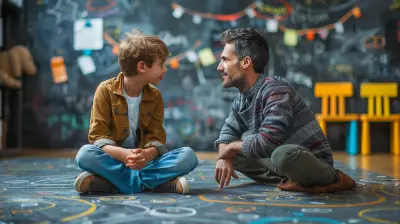Dealing with Preschool Fears: Monsters and Shadows
28 October 2025
Ah yes, the bedtime routine—you know, that sacred hour when you thought you could finally binge your favorite show and finish a cup of tea while it’s still warm. But wait! Before that happens, you must first confront… the monsters.
No, not metaphorical monsters like bills or deadlines. I’m talking about the ones under the bed, behind the closet door, and lurking in shadows that only your preschooler can see—and dramatically scream about at 9:45 PM.
So buckle up, dear parent. If your little one is suddenly convinced the floor lamp is secretly a goblin or that the bedroom closet leads to Narnia but only for creepy things, you're not alone. Welcome to the wild and whimsical world of preschool fears. Let's talk about how to tame those imaginary beasts without losing our sanity.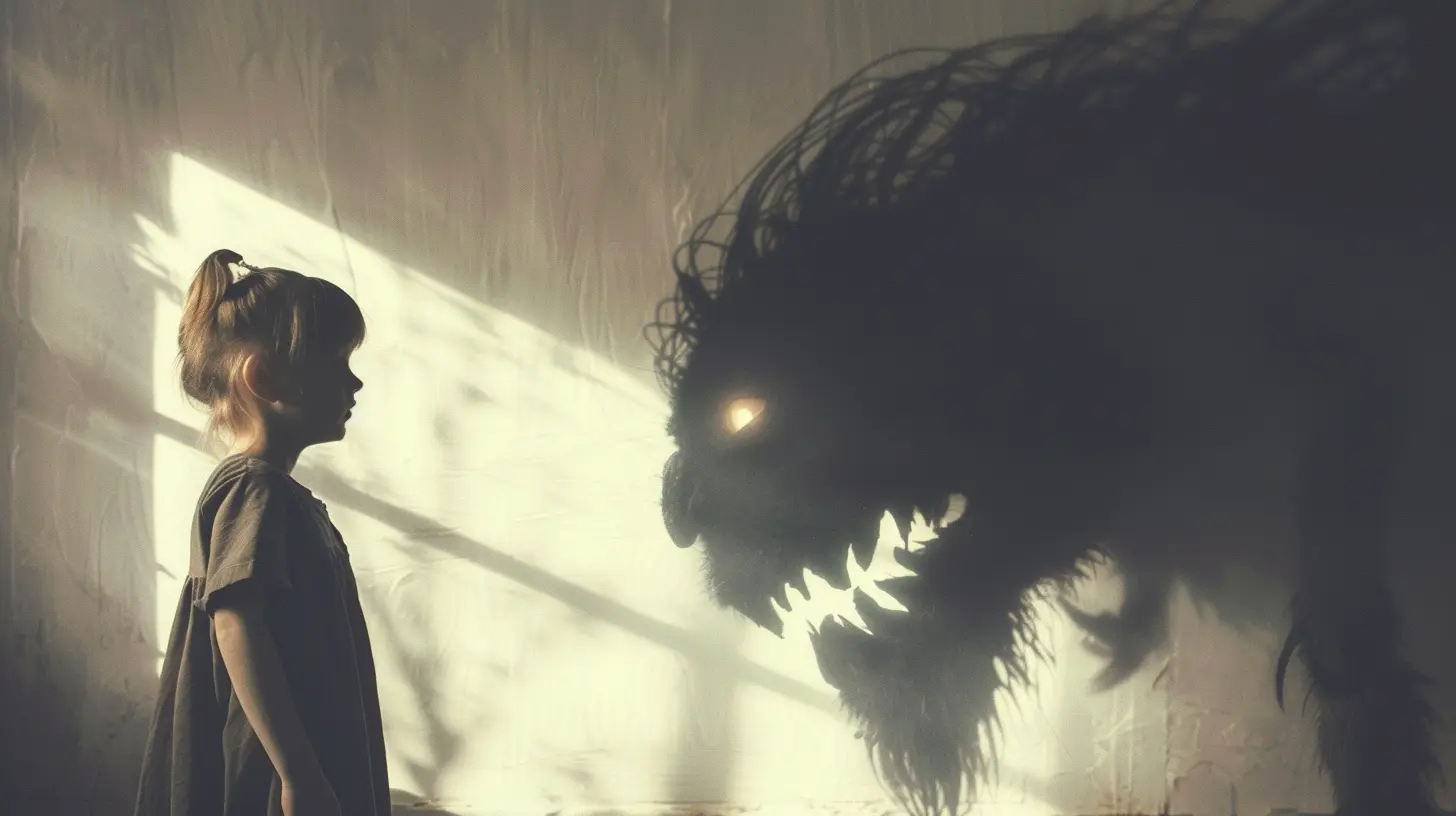
The Fear Is Real (Even If The Monster Isn't)
Here’s the thing: your toddler isn’t being dramatic for the sake of ruining your night (although it can feel that way). Preschoolers are smack in the middle of a magical—but confusing—time in brain development. Imagination is at its peak, logic is still loading (on dial-up, probably), and reality often blends with fantasy like a smoothie no one asked for.So while we know there's no monster hiding behind the curtains, your child may genuinely believe that a snarling beast is ready to devour their stuffed animals. And to them? That fear is as real as spilled juice on your freshly mopped floor.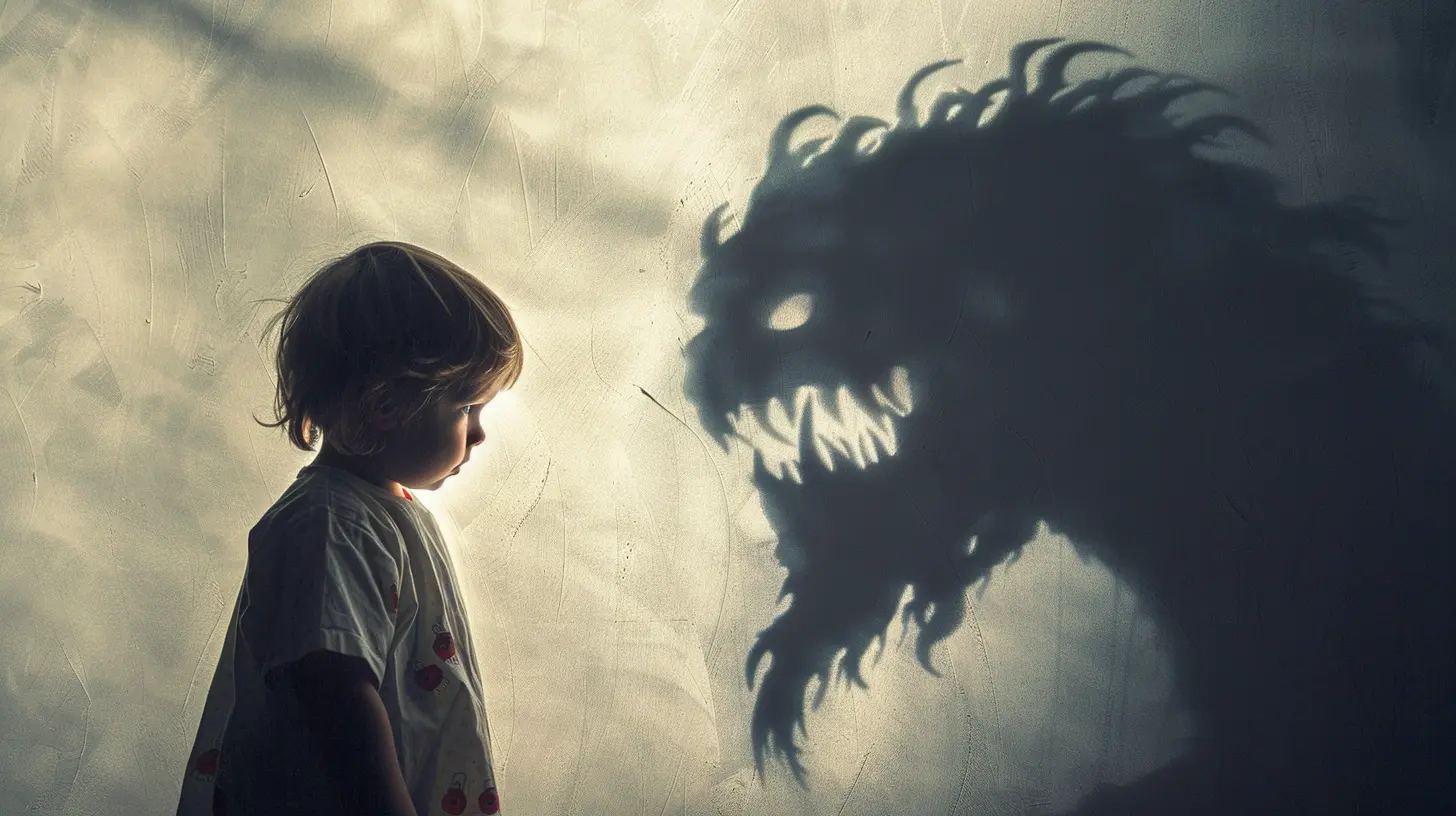
Why Monsters and Shadows, Though?
Great question! Why couldn’t our kids fear, I don’t know… poorly timed screen time limits instead?Well, here’s the deal: monsters and shadows are the perfect blank slates.
Children this age are grappling with complex emotions—fear, uncertainty, and a growing sense of independence. But they don’t yet have the vocabulary or emotional regulation skills to process all that. So those shapeless fears? They get projected onto shapeless things—like that oddly shaped tree branch casting a shadow on the bedroom wall.
Plus, thanks to cartoons, books, and even seemingly innocent storybooks (yes, looking at you, “Where the Wild Things Are”)—monsters seem to be living their best lives in preschoolers’ minds.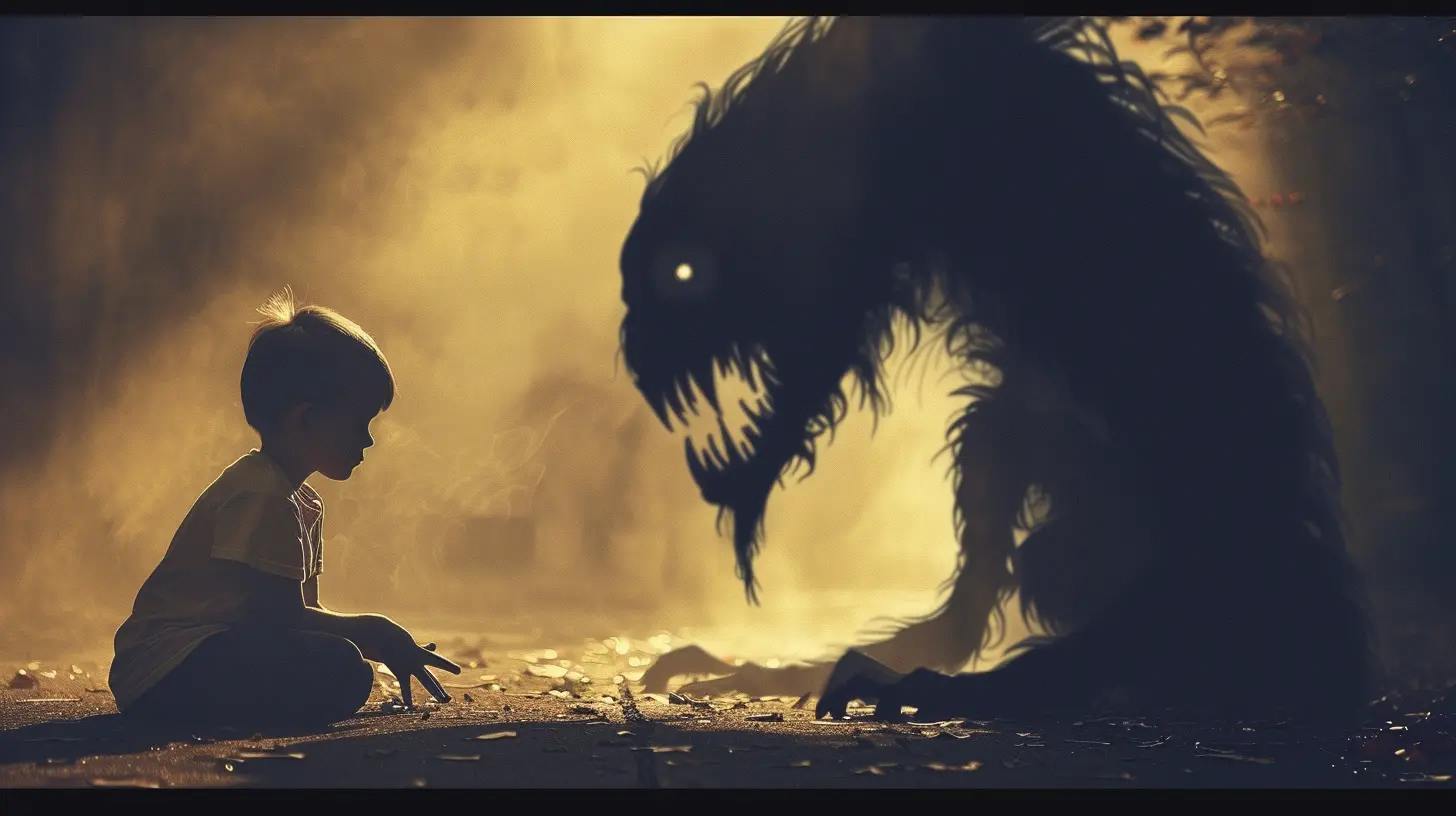
Step 1: Validate The Fear Without Fueling It
Let’s just say this louder for the folks in the back: Never laugh at the fear, even if the “monster with 17 eyes and a feather hat” sounds hilariously nonsensical.To your child, it's as real as your caffeine addiction.
Instead, say something like:
- “That sounds really scary, buddy. I’m glad you told me.”
- “You’re safe, and I’m right here. Tell me more about this monster.”
By validating the fear, you’re not agreeing that monsters are real. You’re showing empathy and building trust. Think of it as monster-repellent made from love and understanding.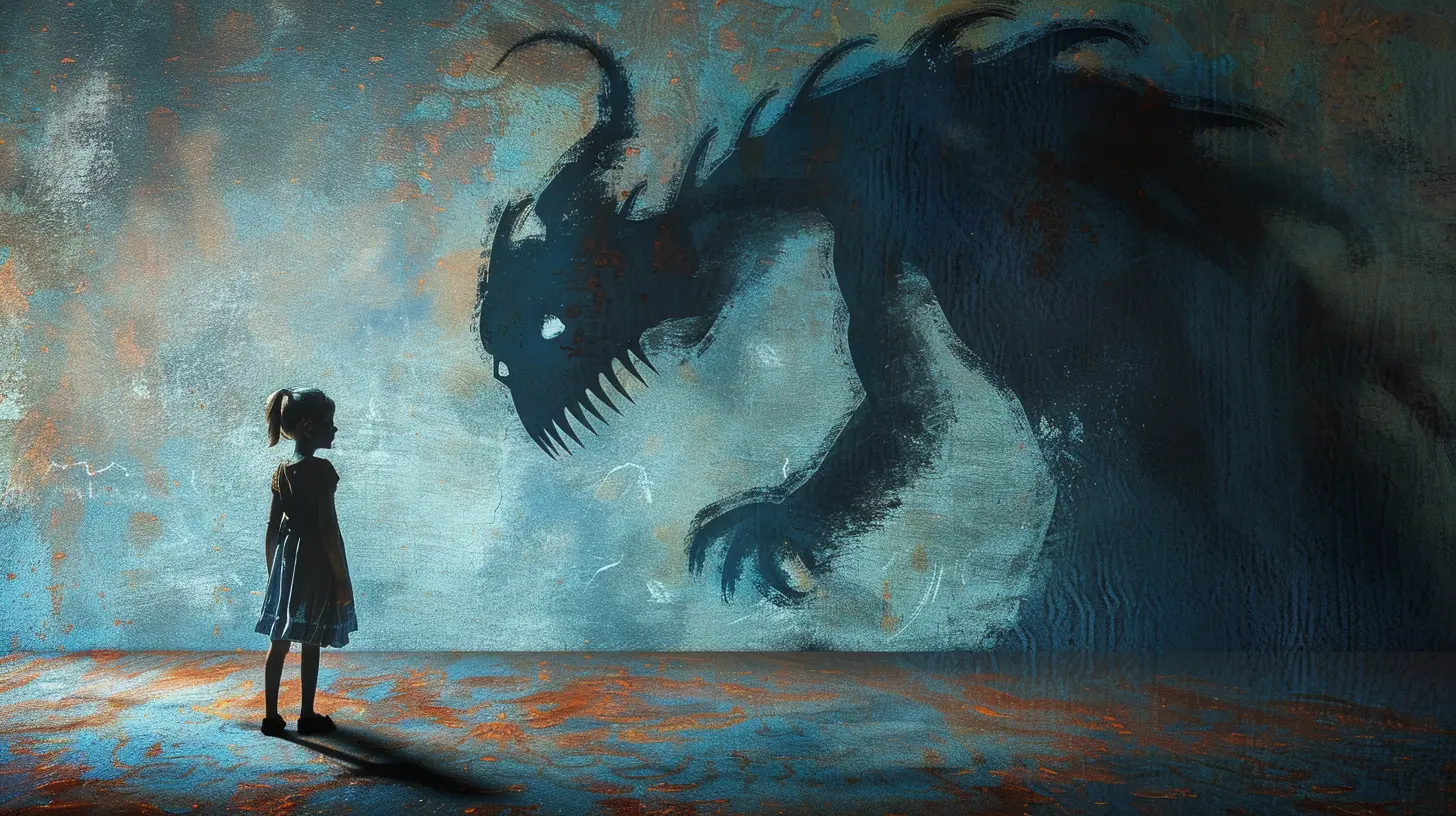
Step 2: Logic—But Like, Kid-Friendly Logic
Okay, so let’s be honest: saying “Monsters don’t exist, go to bed” is about as effective as yelling “Relax” at someone having a panic attack. Spoiler alert: it doesn’t work.Instead, try gently introducing logic in a way that fits their world:
- “Monsters don’t like toothbrushes. And look—you brushed your teeth tonight. You’re totally monster-proof.”
- “This flashlight scares monsters. Let’s keep it near your bed.”
See what we did there? We’re blending their fantasy world with comforting tools from reality. It’s like giving them a nightlight and a metaphorical security blanket all in one.
Step 3: Give Them Control (AKA Monster-Busting Tools)
Look, we all feel better when we have a plan to tackle our fears. Your preschooler isn’t any different.Give them some monster-busting tools—real or imaginary—and watch their confidence levels skyrocket.
- Monster Spray: Mix some water and essential oils in a spray bottle. Label it “Monster Spray” and let your kid spritz the room like a boss.
- Shadow Shields: Make a superhero-style shield out of cardboard. Shadows beware!
- Guard Stuffies: Assign protective roles to their favorite plush toys. Because obviously, Mr. Teddy has combat training.
These tools aren't just cute—they give your child a sense of control over the unknown. And let’s face it, we could all use a bit more of that.
Step 4: Routine Is Your Secret Weapon
Preschoolers love routine the way adults love coffee—it keeps the chaos in check. A predictable bedtime routine helps them feel safe. So power it up with:- A calming bath (bonus: it delays the inevitable “I need water!” plea)
- A few cozy bedtime stories (avoid ones with dragons or anything that breathes fire, thanks)
- A quiet chat about their day
- Cuddles—the gold standard of emotional security
Wind things down like you’re landing an emotional airplane. No turbulence, no sudden turns. Just a smooth descent into Sleepyville, population: your child (hopefully).
Step 5: Light It Up (Responsibly)
Ah, the elusive balance of nightlight levels. Too dim and you’re back to Monsterpalooza. Too bright and your child ends up hosting a 2 AM puppet show with their stuffed animals.Choose a soft, warm-toned nightlight and place it strategically to minimize spook-worthy shadows. Bonus points for character-shaped lights that double as sleep guardians.
Just avoid anything motion-activated. Trust me. Last thing you need is a sudden flickering light convincing your child the house is haunted.
Step 6: Limit Scary Media (Because That Cute Cartoon? Not Always So Innocent)
You’d think animated shows meant for kids would be, you know, not terrifying. But alas, even some "adorable" cartoons feature weirdly intense villains, shadowy forests, or over-the-top conflict that can mess with your child’s perception of what’s safe.Some preschoolers are more sensitive than others—if your kiddo starts acting afraid after watching something new, maybe swap that show for something a little more blue fuzzy monster and a little less emotionally scarring.
Looking at you, overly dramatic fairy tale retellings.
Step 7: Keep Your Cool (Even When You’re Dying Inside)
If you had a dollar for every time you had to check under the bed for invisible monsters, you’d probably be able to afford that overpriced ergonomic chair you’ve been eyeing.But here’s the deal: your reactions set the tone.
If you groan, roll your eyes, or act annoyed when your child confides in you about their spooky suspicions, they’ll stop coming to you. Not only does that not solve the problem, it kind of turns you from “safe adult” to “emotionally unavailable furniture.”
Stay calm, stay kind, stay curious. You’re building trust, one imaginary monster at a time.
Step 8: Talk About Feelings, Not Just Fears
Fun fact: Most fears are just feelings dressed up in a costume.Try digging deeper into what’s actually going on. Start conversations that help your child understand emotions:
- “It sounds like the monster might be how your tummy feels when you’re worried.”
- “When I’m scared, I like to take deep breaths and hold someone’s hand. Wanna try?”
You’re not just helping them fight off shadow-monsters. You’re setting up their emotional toolkit for life. And honestly? That’s pretty dang heroic.
Step 9: Know When It’s More Than Just Shadows
Look, it’s totally normal for preschoolers to be afraid of monsters, shadows, or the noise the fridge makes when it kicks on at night. But if the fears are affecting their everyday life—think constant anxiety, trouble at school, or refusing to sleep at all—it might be time to chat with a pediatrician or child therapist.There’s zero shame in asking for backup. Because even parenting superheroes need sidekicks.
Bonus: Embrace The Ridiculous
Sometimes the best way to survive this parental rite of passage is to lean into the absurdity. Got a monster under the bed? Time to host a monster evacuation party.Let your kid draw the monster, name it, make it a bed outside the bedroom, and kindly ask it to move. Your child will laugh, feel in control, and develop a sense of humor about things that used to be terrifying.
Because fear can’t hang around when you’re busy assigning monsters IOUs and banishing them with glitter.
Final Thoughts: This, Too, Shall Pass (Eventually)
Preschool fears are just one stage in the long weird ride that is parenting. Right now, it’s monsters in the closet. Soon, it’ll be fears of show-and-tell embarrassment or losing Wi-Fi.So hang in there. Be the flashlight in your child’s dark room. Eventually, the monsters will move out, and your kid will sleep like the adorable rock you always knew they could be.
Until then? Keep the monster spray stocked. And maybe… keep that tea warm in a thermos.
all images in this post were generated using AI tools
Category:
Parenting PreschoolAuthor:

Maya Underwood
Discussion
rate this article
1 comments
Zia Pace
Monsters? Please! Teach your kid to embrace the shadows—confidence is the real superpower. Let’s kick fear to the curb!
November 1, 2025 at 4:47 AM

Maya Underwood
Absolutely! Embracing fears fosters resilience, and teaching kids confidence can transform shadows into a source of imagination and strength.

